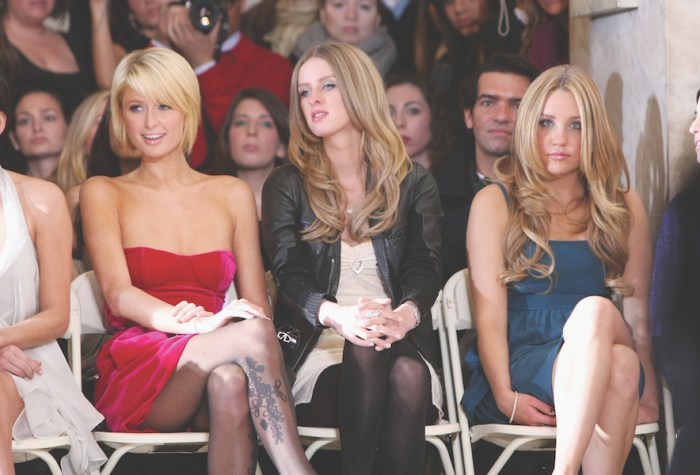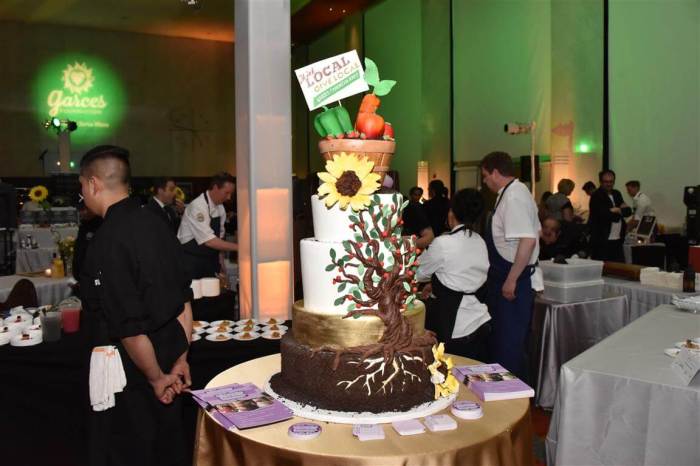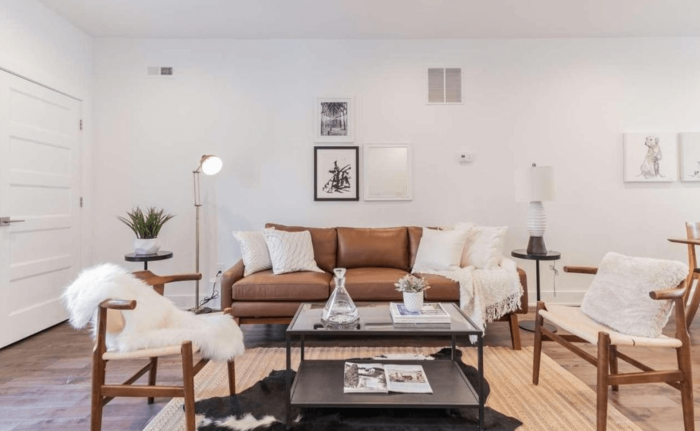In a city where communism became kitsch and bunkers are converted to galleries, it’s fitting that Berliner cuisine would be full of throwbacks to old-world foodcraft. The epicenter may be Markthalle IX (Eisenbahnstraße 42/43), a large indoor market in the street art mecca of Kreuzberg. Built in 1891, the structure was taken over by commercial supermarkets after the fall of the Berlin Wall. But in 2011, enterprising foodies restored the space to its original purpose, welcoming back butchers, bakers, cheesemakers and vendors like Big Stuff Smoked BBQ.
You might think to skip the pulled pork while in Berlin, but Big Stuff co-owner Tobias Burger actually smokes his meat in the tradition of Czech and German immigrants who brought the techniques to America. Sauces are locally-made, and the buns on which he piles slices of dry-rubbed brisket are crafted from a 19th-century Scottish recipe. You’ll want a chunk of his 14-hour smoked pork belly on one of these, served “pure,” as Burger calls it, with just a sprinkle of crunchy salt.
Around the corner is Glut & Späne, named for the smoldering beechwood shavings over which Michael Wickert smokes his sustainably-chosen fish. After studying aquaculture and managing a trout farm in France, Wickert settled in Berlin and opened G&S last October. With whole cured rainbow trout hanging behind him like jeweler’s display, he serves salmon fillets and gravlax draped over spelt bread with a shmear of horseradish cream.
Berlin’s Museum Island is bordered on the east by Mitte, a small, chic neighborhood studded with high-end boutiques. After visiting the Pergamon, stroll over to Lebensmittel in Mitte (Rochstraße 2), a small café/market serving tightly curated “lebensmittel,” or everyday provisions.
A standout (and a steal at under $4) is the homemade leberkase, a traditional Bavarian dish that’s hard to describe without invoking its literal translation, “liver cheese” (it contains neither). Probably named for its texture, it’s a ground mixture of pork and beef shaped into a loaf, baked, and served in slices on a crusty roll. You’ll never see people in Prada eat meatloaf with such abandon.
Where better to worship the past than a flea market, and on Sundays Berliners head to the Mauerpark (Bernauer Straße 63-64) to pick through broken Bavarian china and 80’s-era Doc Martens. Refreshments are vintage, too: In the beergarden, twentysomethings in tight pants slice strudel next to Turkish grandmothers hand-rolling dough for kebab wraps.
Flea marketing is a warm-weather sport, but in fall and winter you’ll find plenty of cups of glühwein (hot, mulled red wine) to keep your hands warm. Also appreciated is the stand serving rustic, bacon-laced vegetable stews and, in a nod to their neighbors, Turkish lentil soup. “WIR BENEUTZEN KEINE KUNSTLICH EN ZUZATZE” declares the sign at the register, written in ransom-note font. Translation: “We use no artificial additives.” Homemade is the new punk.
Where to stay:
Berlin offers plenty of small, affordable rooms for single or coupled travelers–some no wider than the beds they contain. At the cheaper end, in a quiet corner of Kreuzberg, is Die Fabrik (www.diefabrik.com), where single rooms start at $49.56. Bathrooms are communal but clean. Just east of the Spree river but incalculably hipper is The Michelberger (www.michelbergerhotel.com), where$91.30 will get you a “cosy” room a short walk from a preserved stretch of the Berlin Wall and the majestically minimalist architecture on Karl-Marx Allee.


















